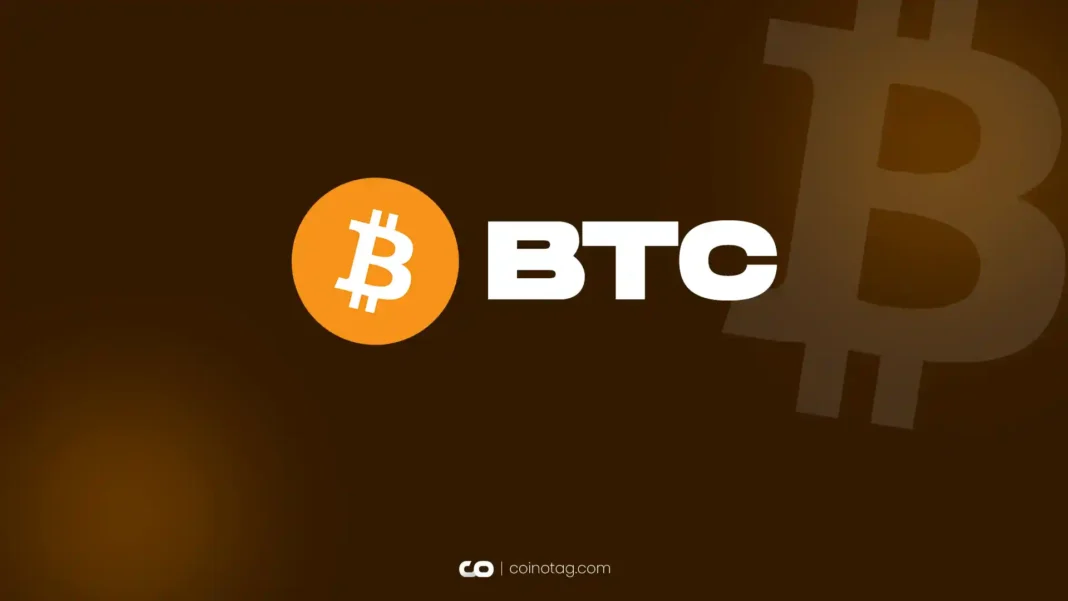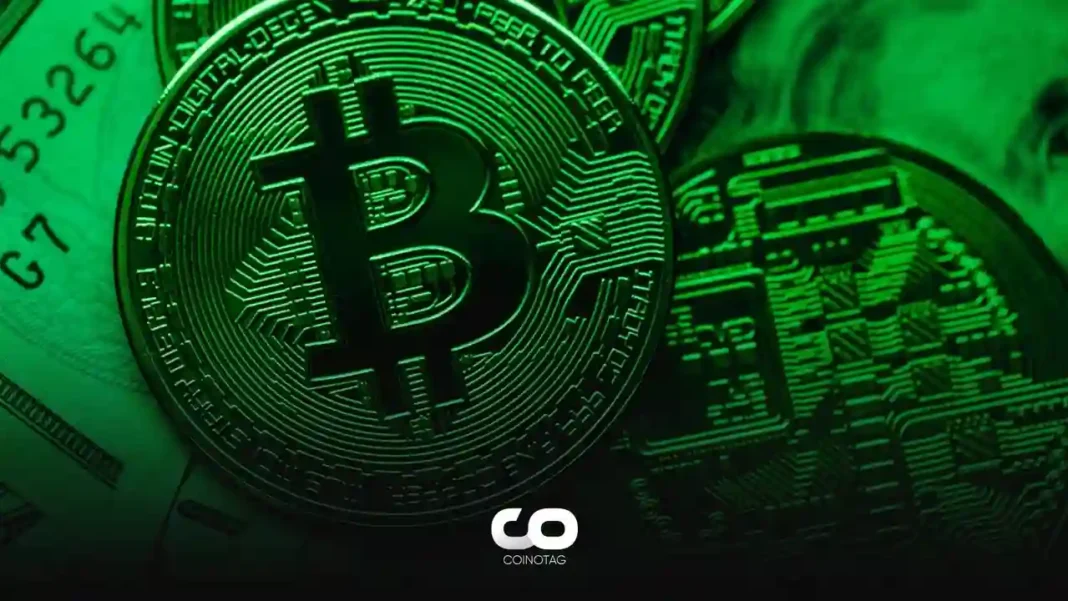| COINOTAG recommends • Exchange signup |
| 💹 Trade with pro tools |
| Fast execution, robust charts, clean risk controls. |
| 👉 Open account → |
| COINOTAG recommends • Exchange signup |
| 🚀 Smooth orders, clear control |
| Advanced order types and market depth in one view. |
| 👉 Create account → |
| COINOTAG recommends • Exchange signup |
| 📈 Clarity in volatile markets |
| Plan entries & exits, manage positions with discipline. |
| 👉 Sign up → |
| COINOTAG recommends • Exchange signup |
| ⚡ Speed, depth, reliability |
| Execute confidently when timing matters. |
| 👉 Open account → |
| COINOTAG recommends • Exchange signup |
| 🧭 A focused workflow for traders |
| Alerts, watchlists, and a repeatable process. |
| 👉 Get started → |
| COINOTAG recommends • Exchange signup |
| ✅ Data‑driven decisions |
| Focus on process—not noise. |
| 👉 Sign up → |
- Bitcoin soars, hitting its highest in 18 months at nearly $35,000.
- Optimism grows around the potential introduction of bitcoin exchange-traded funds (ETFs).
- SEC reevaluates Grayscale’s ETF proposal after court order; other ETF applications gain momentum.
Amidst a recovering economy, Bitcoin’s price takes a leap, fueled by prospective ETFs and a broader investor base. A shift in the investor landscape and federal considerations might set a new trajectory for the crypto giant.
Bitcoin’s Resilient Comeback
After a tumultuous journey from a staggering high of nearly $68,000 in November 2021 to a low of less than $17,000 at the start of 2023, Bitcoin is making headlines again. This rebound is attributed to cooling inflation rates and a shift in investor sentiment towards cryptocurrencies, especially after the downfall of prominent tech-focused banks.
Emerging Investment Channels: The ETF Potential
The crypto community is abuzz with the possibility of introducing Bitcoin ETFs – securities that would allow investors to buy and sell like stocks, providing an avenue to invest at spot prices. Such a move is anticipated to reduce the risks traditionally associated with cryptocurrency investments. While the green signal from regulators remains pending, recent advancements, including the District of Columbia Court of Appeals urging the SEC to reconsider Grayscale’s ETF, signal a promising shift.
Recent Developments Boosting Bitcoin’s Surge
The listing of BlackRock’s iShares Bitcoin Trust by the Depository Trust and Clearing Corporation (DTCC) is speculated to have played a role in the recent price surge, as noted by Edward Moya, a senior market analyst at Oanda. Furthermore, social media’s influence, albeit sometimes driven by misinformation, continues to impact crypto trading. This was evident when a spike in Bitcoin’s price was observed following a false post by Cointelegraph regarding SEC’s approval of iShares’ spot bitcoin ETF on the platform formerly known as Twitter.
| COINOTAG recommends • Professional traders group |
| 💎 Join a professional trading community |
| Work with senior traders, research‑backed setups, and risk‑first frameworks. |
| 👉 Join the group → |
| COINOTAG recommends • Professional traders group |
| 📊 Transparent performance, real process |
| Spot strategies with documented months of triple‑digit runs during strong trends; futures plans use defined R:R and sizing. |
| 👉 Get access → |
| COINOTAG recommends • Professional traders group |
| 🧭 Research → Plan → Execute |
| Daily levels, watchlists, and post‑trade reviews to build consistency. |
| 👉 Join now → |
| COINOTAG recommends • Professional traders group |
| 🛡️ Risk comes first |
| Sizing methods, invalidation rules, and R‑multiples baked into every plan. |
| 👉 Start today → |
| COINOTAG recommends • Professional traders group |
| 🧠 Learn the “why” behind each trade |
| Live breakdowns, playbooks, and framework‑first education. |
| 👉 Join the group → |
| COINOTAG recommends • Professional traders group |
| 🚀 Insider • APEX • INNER CIRCLE |
| Choose the depth you need—tools, coaching, and member rooms. |
| 👉 Explore tiers → |
Risks and Volatilities Remain
Despite the optimism, the crypto realm remains unpredictable. Edward Moya characterizes cryptocurrency as “the most volatile asset class,” with potential for both rapid gains and steep losses. The recent collapse of FTX, a prominent crypto exchange, has left an indelible mark on public confidence, with institutional investors now dominating the crypto investment landscape. As regulatory outcomes remain uncertain, the crypto market’s trajectory is closely tied to decisions on ETFs and future regulations.
Conclusion
The resurgence of Bitcoin amidst evolving investment avenues showcases the dynamic nature of the cryptocurrency market. While the introduction of ETFs promises to redefine the investor landscape, inherent risks persist. As regulatory decisions loom, the crypto community remains on the edge, waiting to discern whether the current bullish trend is a fleeting moment or a sign of a more sustainable future.
| COINOTAG recommends • Exchange signup |
| 📈 Clear interface, precise orders |
| Sharp entries & exits with actionable alerts. |
| 👉 Create free account → |
| COINOTAG recommends • Exchange signup |
| 🧠 Smarter tools. Better decisions. |
| Depth analytics and risk features in one view. |
| 👉 Sign up → |
| COINOTAG recommends • Exchange signup |
| 🎯 Take control of entries & exits |
| Set alerts, define stops, execute consistently. |
| 👉 Open account → |
| COINOTAG recommends • Exchange signup |
| 🛠️ From idea to execution |
| Turn setups into plans with practical order types. |
| 👉 Join now → |
| COINOTAG recommends • Exchange signup |
| 📋 Trade your plan |
| Watchlists and routing that support focus. |
| 👉 Get started → |
| COINOTAG recommends • Exchange signup |
| 📊 Precision without the noise |
| Data‑first workflows for active traders. |
| 👉 Sign up → |
| COINOTAG recommends • Members‑only research |
| 📌 Curated setups, clearly explained |
| Entry, invalidation, targets, and R:R defined before execution. |
| 👉 Get access → |
| COINOTAG recommends • Members‑only research |
| 🧠 Data‑led decision making |
| Technical + flow + context synthesized into actionable plans. |
| 👉 Join now → |
| COINOTAG recommends • Members‑only research |
| 🧱 Consistency over hype |
| Repeatable rules, realistic expectations, and a calmer mindset. |
| 👉 Get access → |
| COINOTAG recommends • Members‑only research |
| 🕒 Patience is an edge |
| Wait for confirmation and manage risk with checklists. |
| 👉 Join now → |
| COINOTAG recommends • Members‑only research |
| 💼 Professional mentorship |
| Guidance from seasoned traders and structured feedback loops. |
| 👉 Get access → |
| COINOTAG recommends • Members‑only research |
| 🧮 Track • Review • Improve |
| Documented PnL tracking and post‑mortems to accelerate learning. |
| 👉 Join now → |







